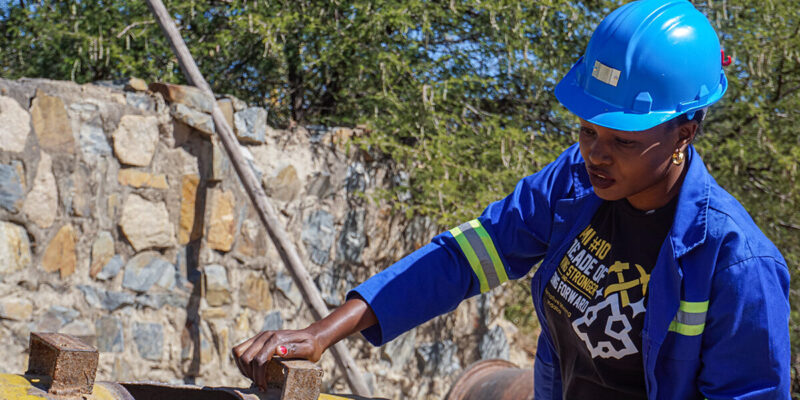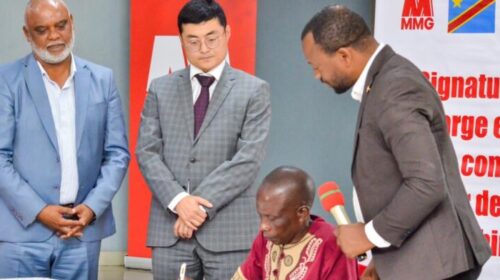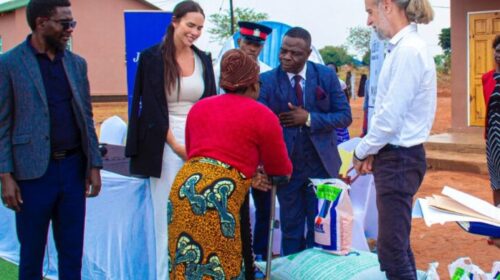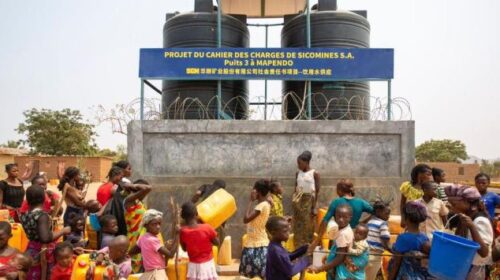The Business Case for Gender-Responsive Climate-Smart Mining (IWiM)
In order for mining to shift toward being climate smart and equitable, it is important to consider gender-responsiveness and to reduce gaps every step of the way.
Gender diversity in the workforce, on boards, in supply chains, and in engagement with communities not only minimizes risk, but also makes companies more productive, innovative, and competitive. Furthermore, since women tend to be disproportionately affected by the negative impacts of mining and climate change, their needs must be considered.
Transitioning to a low-carbon economy is critical to the sustainability of the planet. A recent World Bank report found that increasing demand for clean energy technologies could increase demand for minerals such as graphite, lithium, and cobalt by nearly 500 percent by 2050. Even though we expect recycling rates to go up in the future, mining will still be required to supply critical minerals: the shift to a low-carbon future will be mineral-intensive, and mining will remain a critical industry.
It is in this context that the World Bank Group established the Climate-Smart Mining Initiative (CSM), which is sustained by a partnership between industry and country governments. The initiative supports the sustainable extraction, processing, and recycling of the minerals and metals that are needed for low-carbon technologies.
The concept is built upon four pillars :
i) Climate Mitigation
ii)Climate Adaptation
iii) Reducing Material Impacts and
iv) Creating Market Opportunities.
The literature shows that female employees often are more likely to follow safety protocols, treat equipment responsibly, and operate
safely. As a result, women are increasingly in demand in mining operations as truck drivers and machine operators, because their behavior
yields better safety outcomes, reduced equipment maintenance and repair, and a more safety conscious operating environment.
PricewaterhouseCoopers (PwC) and Women in Mining found a positive correlation between the number of women on boards in the top 500 mining companies in the world, and financial performance indicators such as dividend yield and earnings per share, as well as increased transparency and disclosure of Environmental, Social and Governance (ESG) matters.
Improving women’s participation in the community engagement of climate-smart mining projects is critical to their continued success. Gender-responsive community assessments, consultations, and benefit sharing can make the project more efficient, build a stronger
social license to operate, prevent delays, and save both time and money. Therefore, the active engagement of women and
women’s organizations at the local, national, regional, and global levels is essential in order to achieve a gender-equitable transition to clean energy.
Continue Reading : https://internationalwim.org/wp-content/uploads/2021/06/Gender-and-CSM-Report_R6.pdf
![]()





